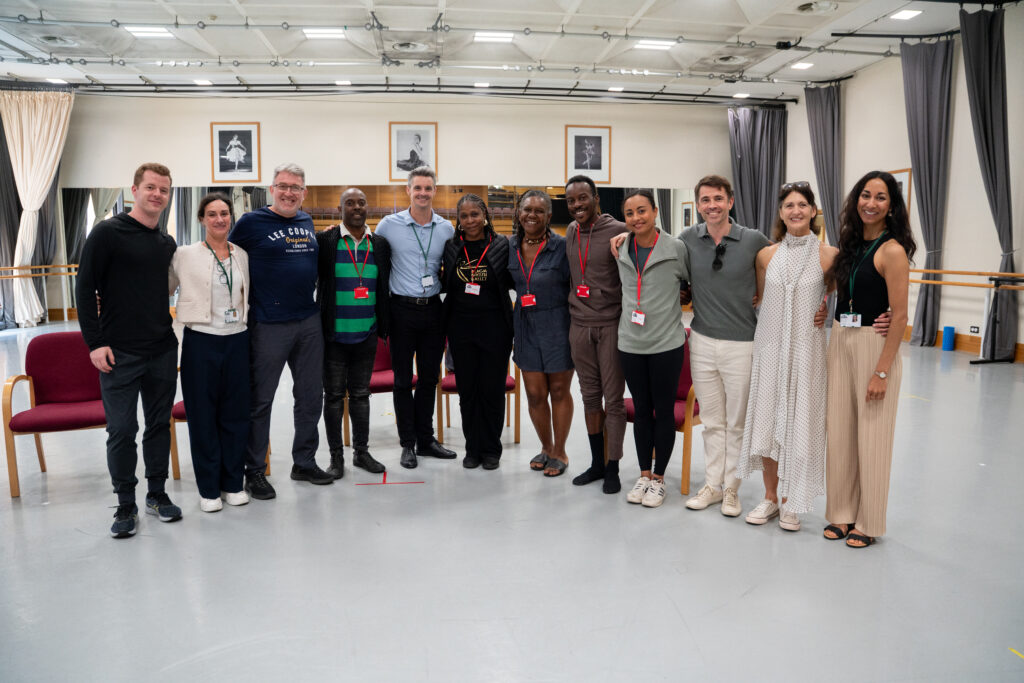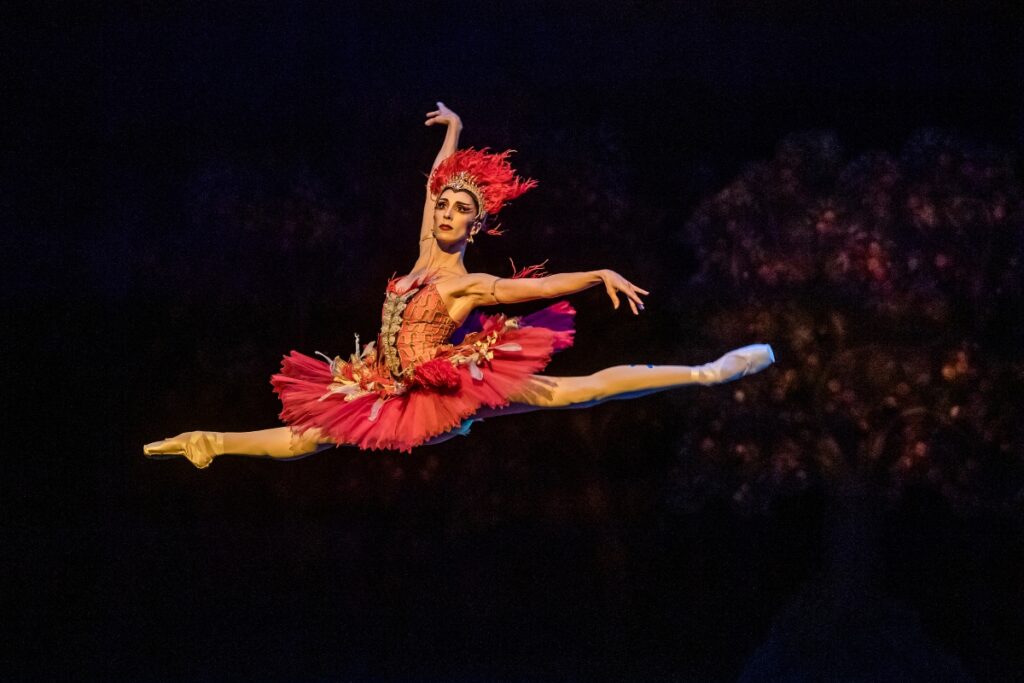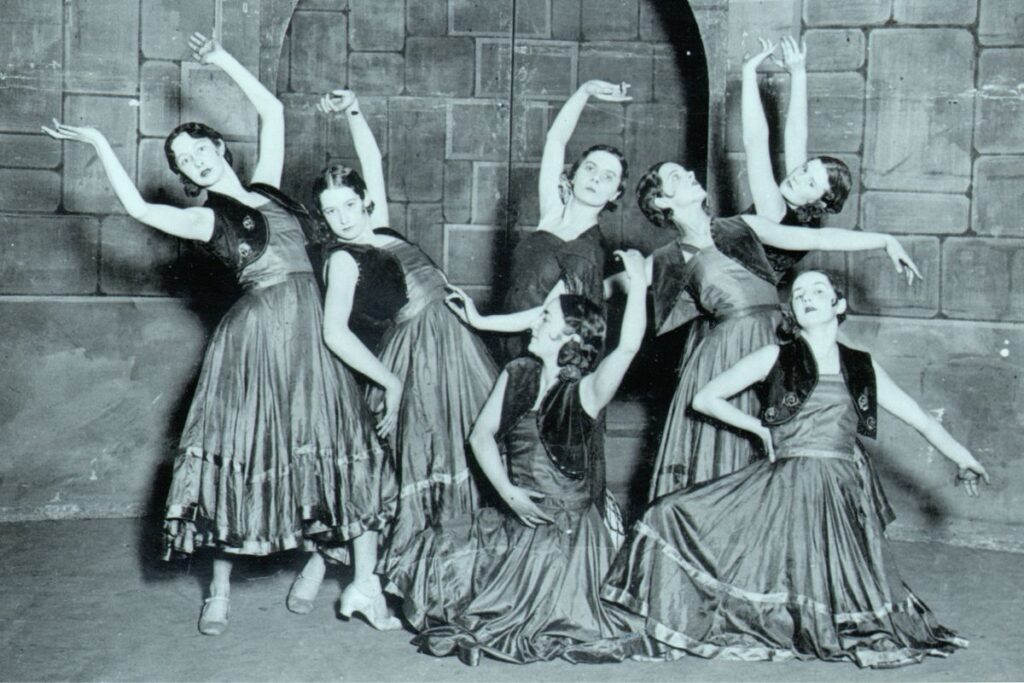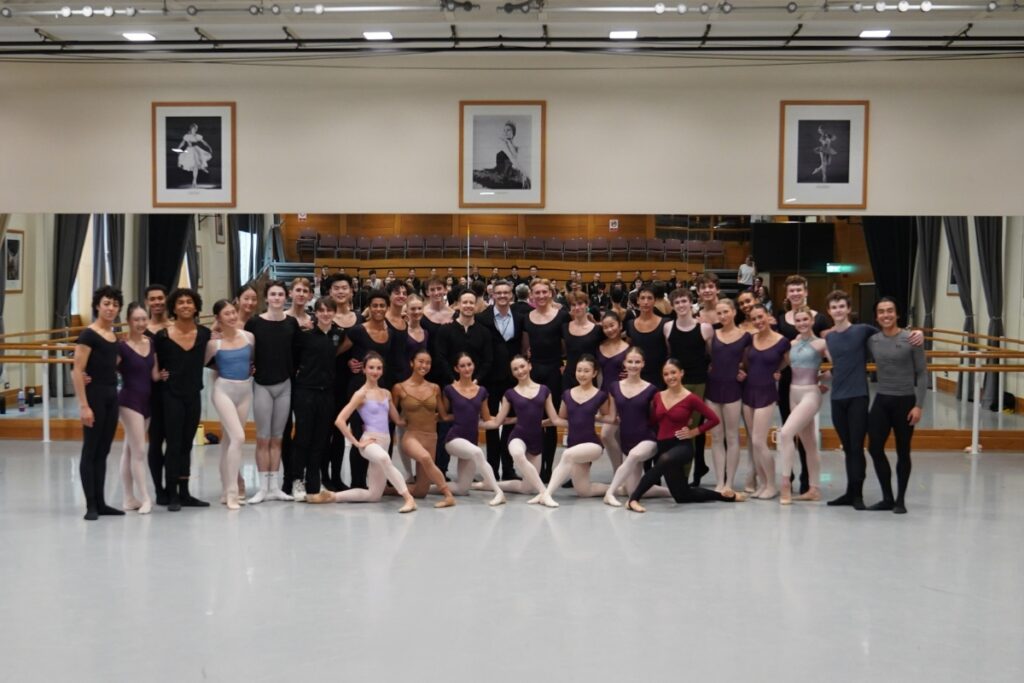In conversation with Denzil Bailey
Denzil Bailey joined The Royal Ballet School Artistic Team in September 2021 as Resident Guest Teacher. He spoke to us about how he started out in dance, his training and his exciting career so far as a dancer and teacher.
What are your first memories of dancing?
My first memory and experience of dance was going to a dance class in my local church hall when I was about 16 years old. I had seen this cool man walking around the local area, dressed like Prince (the singer), with flashy boots, cool hair and colourful jackets, so when I found out he was a dancer and was starting a jazz class at our local church hall, some friends and I went along to try it out. I absolutely loved it, as did one other of my friends.
We continued to attend the class once a week, which then became twice a week for about a year. I had the time of my life learning from him and dancing, I thought it was great. It was this teacher that suggested I look at going to a ballet school, called London School of Classical Dance, which then became West Street Ballet School. So, I did, I went down to the school and introduced myself to Natasha Lisakova, who was the principal of the school, and she ended up being my first ballet teacher.
When did you realise that dancing, and ballet in particular, was something you wanted to pursue seriously?
Once I started studying full-time at ballet school, I just fell in love with ballet. I really didn’t have much interest in doing anything else, not even another style of dance, I was just so focused on developing my understanding and knowledge of ballet.
Tell us about your training – were there any particular challenges or enjoyable moments?
I started with jazz classes, which gave me a good base for ballet as I was practising pliés, tendus, jetés etc, then I went on to ballet school. The best part of my dance career was when I was learning new steps and moves all the time; I loved the challenge of learning and figuring out how to do new moves.
Pas de deux was really challenging as it takes a lot of confidence and strength. It also forces you to work with a partner and communicate – that was an interesting transition from only focussing on yourself and how you move, to then relying on someone else to make the movements work, but I got there in the end!
Tell us about your professional career.
During my training at West Street Ballet School, London City Ballet’s offices and studios were in the same building as we were. Harold King, founder of London City Ballet, would teach repertoire classes to us students and I got on really well with him. Whenever the company was short of a dancer, they would call on me and I would go and work with them. This really developed my relationship with the company and I was hopeful that once finishing school I would be offered a contract with the company. However, at the end of my three years of training, there was no contract available at London City Ballet.
So, I went off and explored opportunities elsewhere and at first, I couldn’t find a job anywhere! Then a friend got in touch who was working in Norway, performing in a jazz cabaret and said they were looking for someone to join. I was so desperate to do ballet I said no at first, then eventually my friend convinced me to go and I went to Norway and danced with them for six months, which was great.
When I came back from Norway to London, there was still no contract available for London City Ballet. Eventually, I heard through the grapevine that English Festival Ballet (which became English National Ballet) was looking for male dancers. I went along and did class with the company, they seemed to like me but the Artistic Director, Peter Schaufuss, at the time wasn’t available so I had to come back the following week and meet him. I continued to do class with the company for four more weeks and eventually, I was offered a contract and started rehearsals for Swan Lake that same day.
I danced with English Festival Ballet for 10 years and continued to freelance after that. I had my son in 1997 and was a stay-at-home husband for three years. After this, I did a fitness training course and worked in the gym for a while. I was then approached by Cassa Pancho to assist her in starting a new ballet company called Ballet Black. I assisted with the development of the company, danced with the company and was the first ballet master and choreographer for them.
When did you start teaching, and what do you enjoy about it?
Once Ballet Black was up and running, I began to be approached by other teachers to take on cover teacher roles. At the time, this seemed bizarre as I didn’t see myself as a teacher really. I then decided to do a Cecchetti teacher training course and my teaching career unintentionally grew and grew. Now I teach regularly at Pineapple Dance Studios, The Place and Dance Works as well as being the Residential Guest Teacher at The Royal Ballet School’s Upper School.
I love teaching because it allows me to share my love of moving and dancing with others. My main focus when teaching is to encourage students to enjoy moving and learn how to use their technique to enhance and inspire their movements. I really believe that dance is for everyone and that anyone can do ballet, so I aim to create this atmosphere and openness in my classes.
Are there any dancers you particularly admire?
So many! Mikhail Baryshnikov, who was the king of dance for my era. Also Wayne Sleep, Paul Henry, Stuart Arnold, Koen Onzia, Patric Armand and Peter Schaufuss.
What advice do you have for dance students?
Just try and enjoy dancing! Find a connection to every movement and be yourself.





